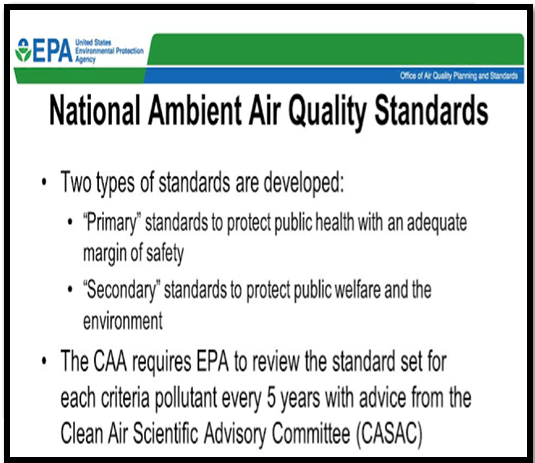SUMMER STUDY LINKS HIGH TEMPERATURES TO AIR POLLUTION SPIKES
Why in the news?
- Study finds high summer temperatures cause PM2.5 spikes in Delhi, Mumbai, Patna, Lucknow, Kolkata due to VOCs and Nitrogen Oxide reactions.
- 5 levels exceed National Ambient Air Quality Standards (60 ug/m3) during occasional temperature-induced spikes, posing health risks.
source:epa
About National Ambient Air Quality Standards (NAAQS):
- The NAAQS, set by the CPCB under the Air (Prevention and Control of Pollution) Act, 1981, apply nationwide.
- Initially developed in 1982, these standards were revised in 1994, 1998, and most recently in 2009.
- The 2009 revision unified standards across industrial and residential areas, lowering permissible pollutant limits.
- Compliance with NAAQS is monitored through the National Air Quality Monitoring Programme (NAMP), overseen by the CPCB.
About Volatile Organic Molecules:
Associated Article: universalinstitutions.com/grap-and-pollution-in-delhi-ncr |




